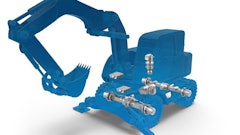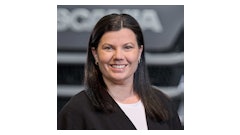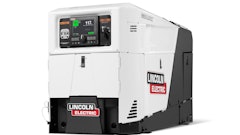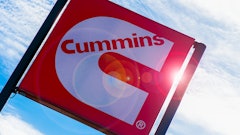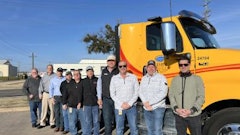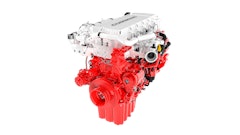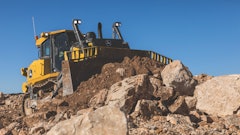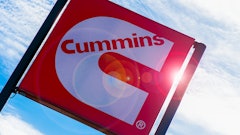

Within less than 3 years, the off-road equipment industry must go from Tier 4 Interim/Stage IIIB to Tier 4 Final/Stage IV. This means an 80% reduction of the NOx – from 2.0 g/kWh to 0.4 g/kWh. It also means a huge challenge to the manufacturers regarding the re-design of their machines for installing new engines and after-treatment systems from their suppliers.
Volvo Penta will keep it simple
On 1 January, 2011, Volvo Penta introduced its range of engines compliant with Tier 4 Interim/Stage IIIB. This solution was based on the Selective Catalytic Reduction (SCR) technology. For 2014, the company will meet the much more stringent Tier 4 Final standards using the same well-tested and proven technology. A further development of the SCR catalyst has improved the NOx conversion to levels unheard of just a few years ago. Adding a “light” EGR system to the engines provides further emission reduction and will at the same time help keep the SCR catalyst operating at an optimal temperature.
The innovative EGR system on the engines is lightly cooled or not cooled at all. This serves two purposes: First of all, it will not add extra cooling requirements to the existing cooling system. Secondly, it will not be subject to exhaust gas condensation and thus the potential corrosion that can lead to downtime.
By avoiding a costly Diesel Oxidation Catalyst (DOC), installation is greatly simplified.
“This is probably the best EGR system in the world,” says David Hanngren, Manager Product Planning Industrial at Volvo Penta, and adds, “With our new Tier 4 Final engine range, we will also meet our customers’ primary objectives: no re-generation, limited installation challenges, continuous optimized fuel consumption and low operating costs. With as few and as simple changes as possible, we aim to make our customers’ job as easy as possible.”
A whole new engine range
The new Volvo Penta engine range for off-road applications consists of five basic engines. Thanks to the SCR system it has been possible to meet the new emission standards with only a limited number of technical changes. Here, the component commonality of the engines is particularly valuable to OEMs who include several engine sizes in their product applications.
All engines in the range will be ready for delivery in 2014, and are on display at the INTERMAT exhibition in Paris:
- D5 is a completely new Volvo Penta design. It’s a 5-liter, four-cylinder, 105 to 160 kW engine with a max torque of 900 Nm.
- D8 is also an entirely new Volvo Penta design. This is an 8-liter, six-cylinder, 160 to 235 kW engine with a max torque of 1,300 Nm.
- D11 is a new version of a proven Volvo Penta design. This 11-liter, six-cylinder, 235 to 285 kW engine has a max torque of 1,950 Nm.
- D13 is a powerful 13-liter, six-cylinder, 285 to 405 kW engine with a max torque of 2,650 Nm.
- D16 is the most powerful engine in the range. This 16-liter, six-cylinder, 405 to 565 kW engine has a max torque of 3,200 Nm.
For the present, all engine data is preliminary.






